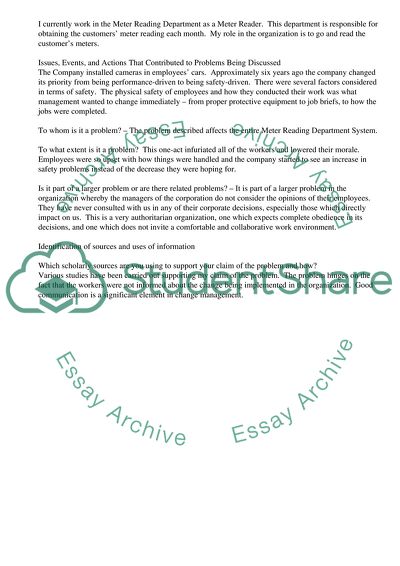Cite this document
(How Can ComEd's Meter Reading Department Leadership Improve Change Man Case Study, n.d.)
How Can ComEd's Meter Reading Department Leadership Improve Change Man Case Study. Retrieved from https://studentshare.org/management/1766014-leadership-and-organizational-change
How Can ComEd's Meter Reading Department Leadership Improve Change Man Case Study. Retrieved from https://studentshare.org/management/1766014-leadership-and-organizational-change
(How Can ComEd'S Meter Reading Department Leadership Improve Change Man Case Study)
How Can ComEd'S Meter Reading Department Leadership Improve Change Man Case Study. https://studentshare.org/management/1766014-leadership-and-organizational-change.
How Can ComEd'S Meter Reading Department Leadership Improve Change Man Case Study. https://studentshare.org/management/1766014-leadership-and-organizational-change.
“How Can ComEd'S Meter Reading Department Leadership Improve Change Man Case Study”. https://studentshare.org/management/1766014-leadership-and-organizational-change.


